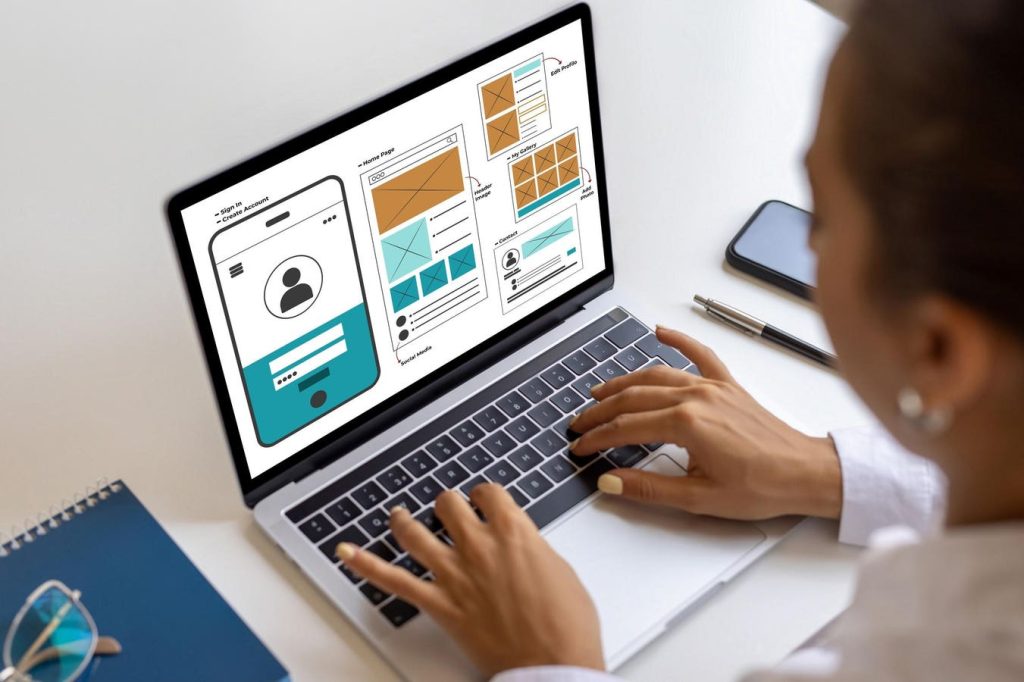Mobile apps are becoming an essential part of people’s daily lives, providing information, entertainment, and services at their fingertips. However, for these apps to be truly effective, they need to be accessible to users of all ability levels. Designing mobile apps with accessibility in mind not only helps reach a wider audience but also shows a commitment to inclusivity. To ensure that mobile apps are fully functional and enjoyable for everyone, Forbes Technology Council members share essential best practices.
One important best practice is setting up guided workflows that simplify the user experience. This involves explaining current and next steps in the process with voice-over functionality or script overlays, which not only addresses key accessibility needs but also forces designers to simplify workflows for the benefit of all users. Integrate and test accessibility features early on in the development process, using tools such as Apple’s VoiceOver and Google’s TalkBack. Regular testing with disabled users can ensure universal navigability and compliance with industry standards.
Another crucial best practice is ensuring that interactive elements are large enough and properly spaced, following clear and consistent design principles for touch targets and layout. Implementing clear and intuitive navigation is also essential to enhance usability for individuals with varying abilities across diverse devices and platforms. It is important to assure accessibility across platforms and devices, through thorough testing with the help of automation tools such as AI or low-code solutions.
One way to ensure mobile app accessibility is to cooperate with nonprofit organizations that serve people with disabilities, engaging with them to test apps, collect feedback, and ensure their needs are met. Designing with digital inclusivity in mind is key to overcoming demographic barriers and reducing the digital divide. It is essential to consider accessibility from the beginning of the design process and not view it as an extra step, but as a fundamental part of app development. Adhering to Web Content Accessibility Guidelines and engaging a diverse group of testers can help catch issues early in the design process.
To truly serve all users, it is important to go beyond regulatory standards in app accessibility. This involves observing how people with disabilities interact with the app and actively listening to their concerns. By prioritizing inclusive design, engaging diverse testers, and ensuring comprehensive understanding of disabilities, mobile apps can be more accessible and enjoyable for all users. Regular testing with users and support for native accessibility features can further enhance the usability and accessibility of mobile apps. Designing with varying screen sizes and considering the readability of UI elements can also improve accessibility and user experience.


